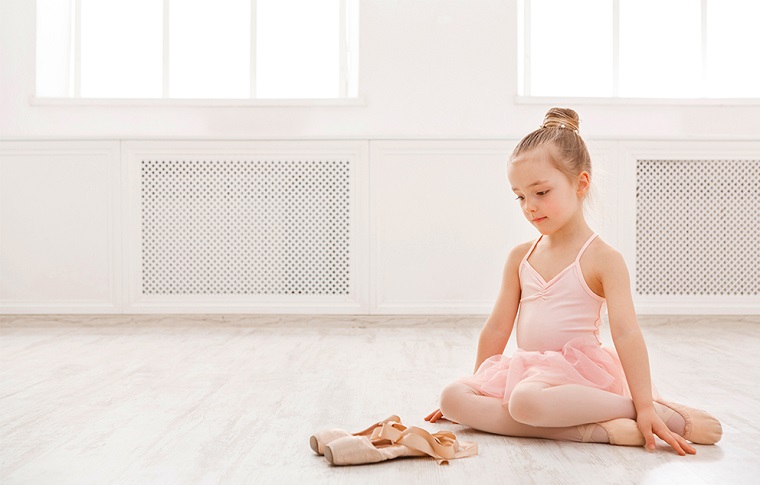
Source: youngdancersacademy.com.sg
When it comes to choosing a hobby for their little girl, many parents choose ballet. Ballet teaches good posture, flexibility, and strength. It enables children to creatively express themselves, meet new friends, and gain self-confidence. However, as is with every other sport and art form, it’s important to choose the right clothes and accessories that will enable your little one to perform the needed movements without any restrictions. Your girl should feel light and comfortable while dancing.
Choose the Perfect Leotard for Your Child
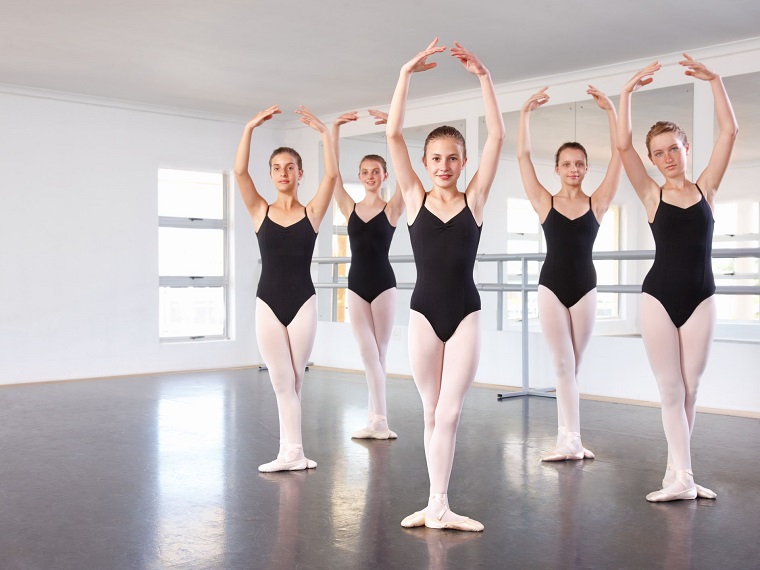
Source: liveabout.com
Leotards are basic pieces that every dancer needs. It’s one-piece, tight clothing that covers the upper part of the body, from the shoulders to the crotch. They need to be chosen according to the body type in order to fit properly.
There are different types of leotards according to their purpose. They can be plain or have elaborated designs. For competitions, more flashy and intricate leotards should be chosen. For practising, plain leotards are the best option because they allow freedom and don’t distract the dancer. Although simple, they come in a variety of colours and there are many online stores that offer quality plain leotards for your child. Quality is an important factor because you don’t need a leotard that will split during the first lesson.
They’re made of different materials like cotton, nylon, and spandex. Although very soft, cotton retains moisture, and sweat patches may be visible. Nylon is very stretchy and doesn’t restrain movement. Leotards can feature lace parts on the back or around the neck for a more elegant look.
Based on their design, they can come in several forms.
Camisole leotards are those with thin straps and various designs on the back. They can have a low scooped back, criss-cross straps, V-back, and can come with adjustable straps.
Tank leotards are the most common choice, especially for children. Usually, they have wider straps with round necklines but there are many designs that you can choose from.
The neckline of dance leotards varies in different models. It can be round neck, v-neck, turtleneck, halter top neckline, or “sweetheart” neckline. You can start with the traditional round neck ballet leotards and after some time, your little one can decide what they enjoy and what they don’t find comfortable.
When it comes to the sleeves, sleeveless leotards are the most popular ones. They put the focus on the dancer’s shoulders and arms. Other options for sleeves are cap sleeves, short, three-quarter, and long sleeves. Long sleeves are suitable for the colder months and create the illusion of longer arms.
The leotard could have some accessories like skirts, ruffles, or tutus that can be attached when needed. This depends on personal preference or the dress code of the ballet school.
Choose the Right Leggings
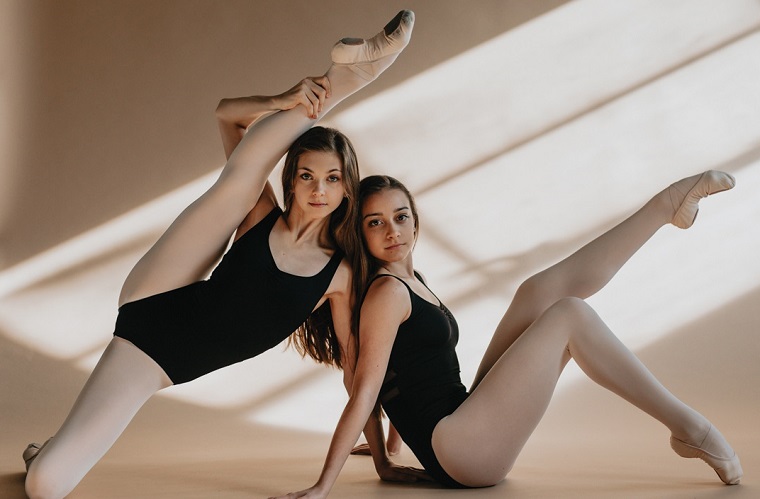
Source: danceinforma.com
Leggings are another important piece of dancewear. They’re worn under the leotard and you need a durable pair that will withstand all those hours of practice. They’re different from regular leggings because they’re a little bit thicker and provide support for some parts of the leg. They can be footed, footless, convertible, or they can have 3/4 or 7/8 length. Convertible are those that allow for a quick change from footed to footless.
The right leggings should fit the legs and waist perfectly. They shouldn’t be baggy or see-through. If they’re see-through, it means that they’re too small or that you need to choose a different material or brand.
Leggings can be found in numerous colours and designs but some schools have preferred colour choices, like pink or white for girls and black for boys. Just like for the dance leotards, leggings come in a range of materials such as spandex, cotton, or nylon.
Choose the Appropriate Ballet Shoes
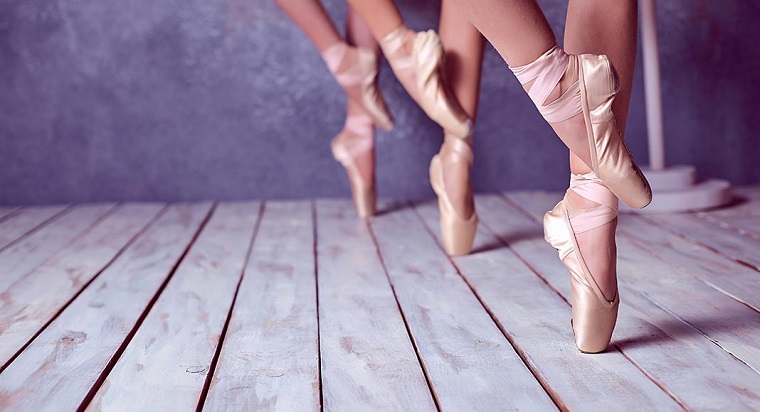
Source: pirouettedancewear.com
Ballet shoes or slippers for beginners are round-toed and light shoes with flexible soles. They can be made of satin, canvas, or leather.
Satin shoes are usually used for exams or competitions and they wear out quickly.
Leather is very durable and used to be recommended for younger dancers. But they take time to conform to the dancer’s foot, need to be just the right fit, and are hard to clean. This is why canvas shoes are used more often.
Canvas is less durable than leather but it’s easier to clean and get used to. It’s less expensive and more breathable.
The sole is the bottom part of the shoe and it can be split or full sole. For beginners, full soles are recommended since they’re more resistant and help build foot muscles.
Ballet Hair Accessories and Warmers
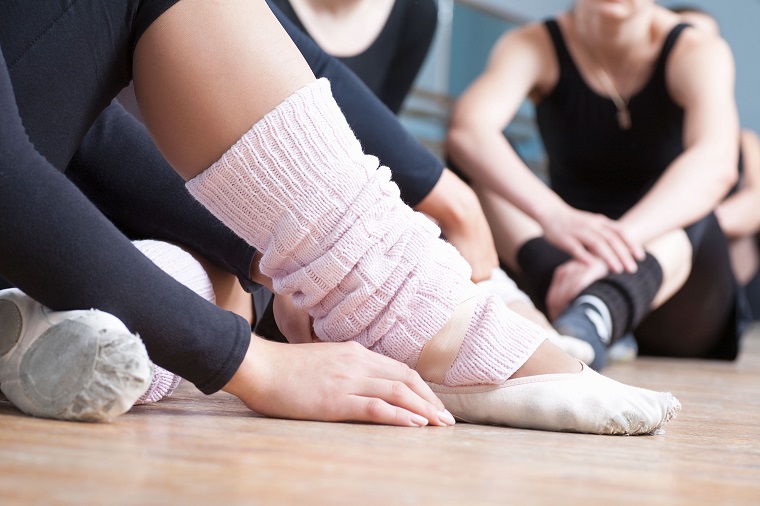
Source: dancesocksbcn.com
The hair needs to be worn in a bun, so you’ll need to stock up on hair accessories. This means bobby pins, bands, and hair net. Different schools may have different requirements so make sure that you ask before you buy anything.
Leg warmers are used to support the lower leg and keep it warm. This is needed for stretching and warming up in the beginning to prevent cramping and other muscle injuries. They help the ballerina’s body to warm up faster, increase flexibility, and keep her warm in-between rehearsals or classes. But they need to be taken off once the legs are warmed up because warm muscles can make the dancer more tired.
Why Does Your Child Need a Bag?
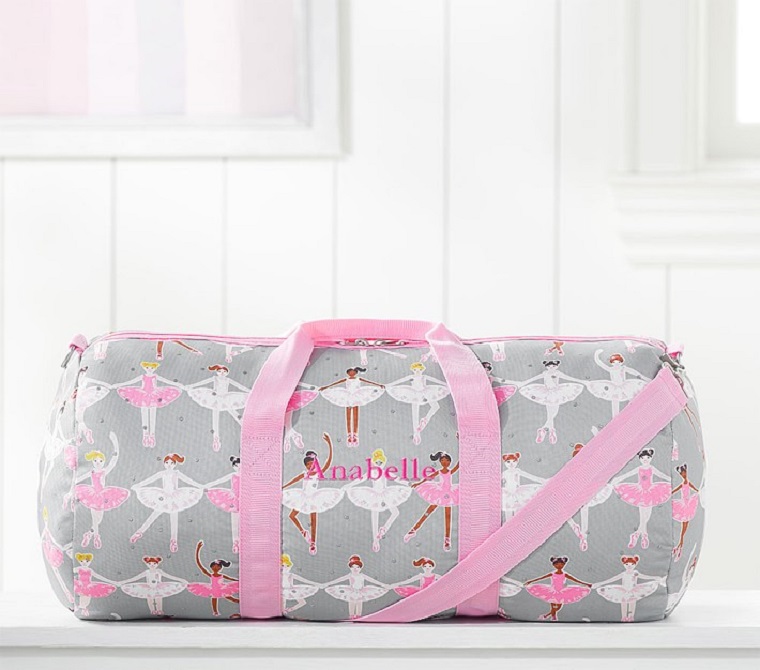
Source: potterybarnkids.com
Bags are necessary for keeping all their clothing and accessories in one place. Its size will depend on how many things need to be fitted in it but a bigger bag is always a good idea for better organisation.
It can be a backpack or a duffle bag but take into account the circumstances as well. If your child is going to a ballet class after school and carries their school backpack, a backpack for their dance attire might not be a suitable choice.
More compartments are essential to neatly organise everything. This also helps keep shoes or wet clothes separate from other accessories. Exterior bottle pockets are a great addition as well.

















